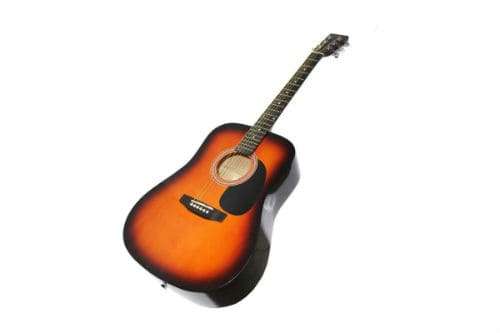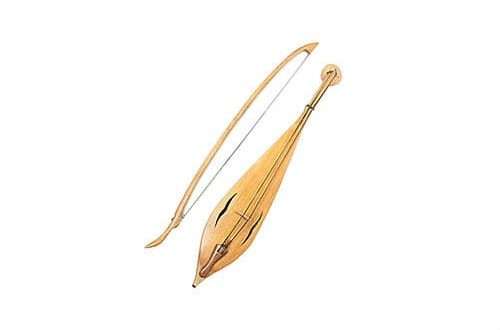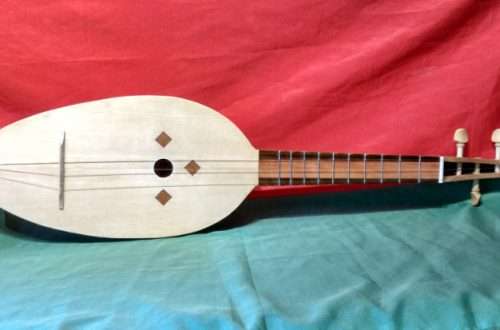
Western guitar: features of the instrument, history, playing technique, difference from the dreadnought guitar
Musicians around the world, performing on the stage, in clubs or at festivals, often take the stage with a guitar in their hands. This is not ordinary acoustics, but its variety – western. The instrument appeared in America, becoming a product of the evolution of the classic representative of the family. In Russia, he gained popularity in the last 10-15 years.
Design features
To understand how this musical instrument differs from an acoustic guitar, you need to know that the western guitar was created specifically for the accompaniment of a soloist or group, and not for complex classical picking and performing academic music. Hence a number of distinctive design features:
- a massive body with a narrow “waist” like that of a classical guitar;
- narrow neck, which is attached to the body at the 14th fret, and not at the 12th;
- metal strings with strong tension;
- inside the body is reinforced with slats, a truss rod is inserted inside the neck.

Often there are species with a notch under the neck. It is needed to make it easier for the musician to play on the last frets. For the convenience of the performer, there are fret markers on the fretboard. They are on the side and on the front.
History of creation
At the beginning of the last century in Europe and America, musicians performing songs with a guitar are in the center of public attention. They gather halls, perform in bars, where the noise of the crowd often drowns out the sound of a musical instrument.
Guitar amplifiers did not exist then. To make the sound louder, the American company Martin & Company began to replace the usual strings with metal ones.
The performers appreciated the changes. The sound became juicier, more powerful and broke through the noisy audience. But it immediately became clear that an increase in the body was needed, since there was not enough resonant space for full sound production. And the increase in the structure was followed by the strengthening of the hull with a system of additional beams – bracing (from the English. Strengthening).

Much attention was paid to experiments with the acoustic guitar by the American H.F. Martin. He patented the X-mount top deck springs and became famous all over the world.
Around the same time, Gibson masters applied the neck to the body with an anchor. Strengthening the structure saved the device from deformation under strong string tension. The loud sound of the evolved musical instrument, its powerful, thick timbre was liked by the performers.
Difference from dreadnought guitar
Both instruments are acoustic, but there is a difference between them. The main difference is in appearance. The dreadnought has a wider “waist”, so its larger body is also called “rectangular”. Another difference is in the sound. Many musicians believe that the dreadnought has more possibilities in low timbre sound, ideal for playing jazz and blues. Western guitar is great for accompanying vocal soloists.

Play technique
A musician playing classical acoustics will not immediately get used to the performance technique on a western guitar, primarily because of the strong tension of the strings.
You can play with your fingers, which virtuosos demonstrate to the audience, but a mediator is more often used. It helps to avoid damage to the musician’s nails when playing “battle”.
There are other features of the technique:
- thanks to the narrow neck, the guitarist can use the thumb to press the bass strings;
- jazz vibrato and bends are perfectly realized on thin metal strings;
- the strings are muted with the edge of the palm, not with the inside.
Technically, the western is more professional for stage and public performances, but still it is inferior to another type – the electric guitar. Therefore, at large-scale events, musicians still use the second option, and the western is used to create an acoustic background.





